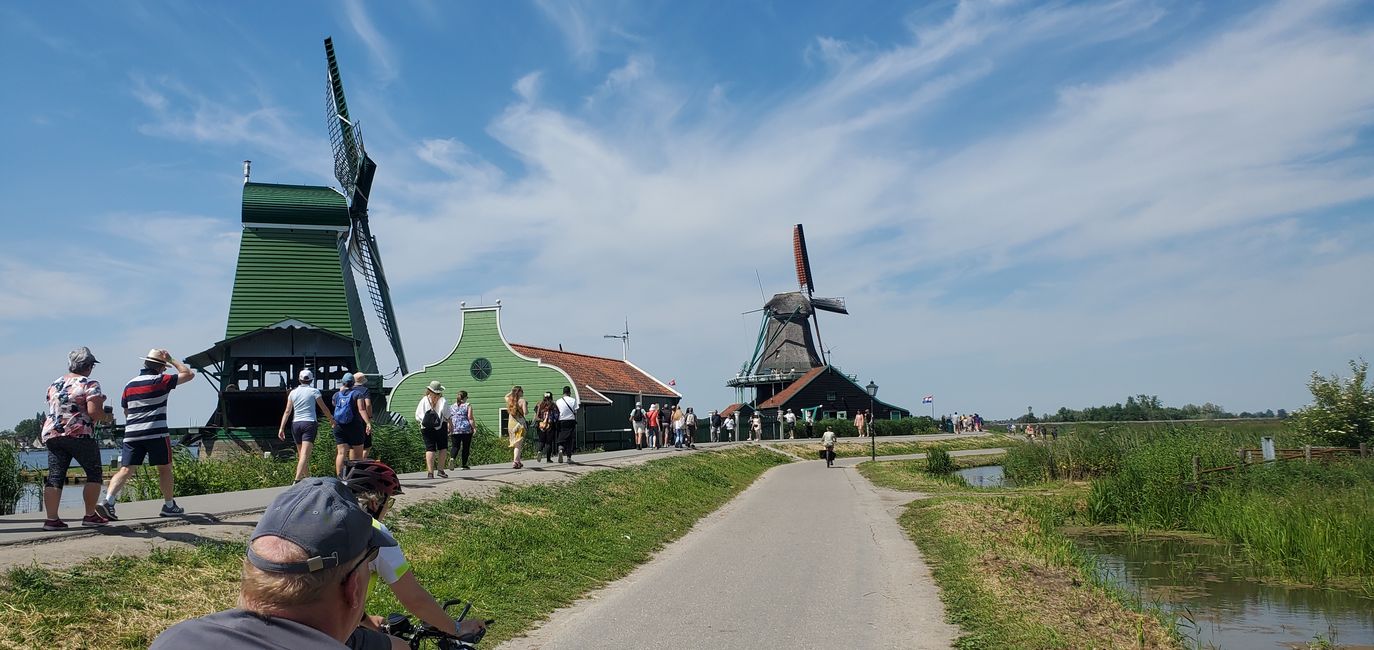5. Tag: von Goedereede nach Oud Alblas
発行済み: 15.06.2023
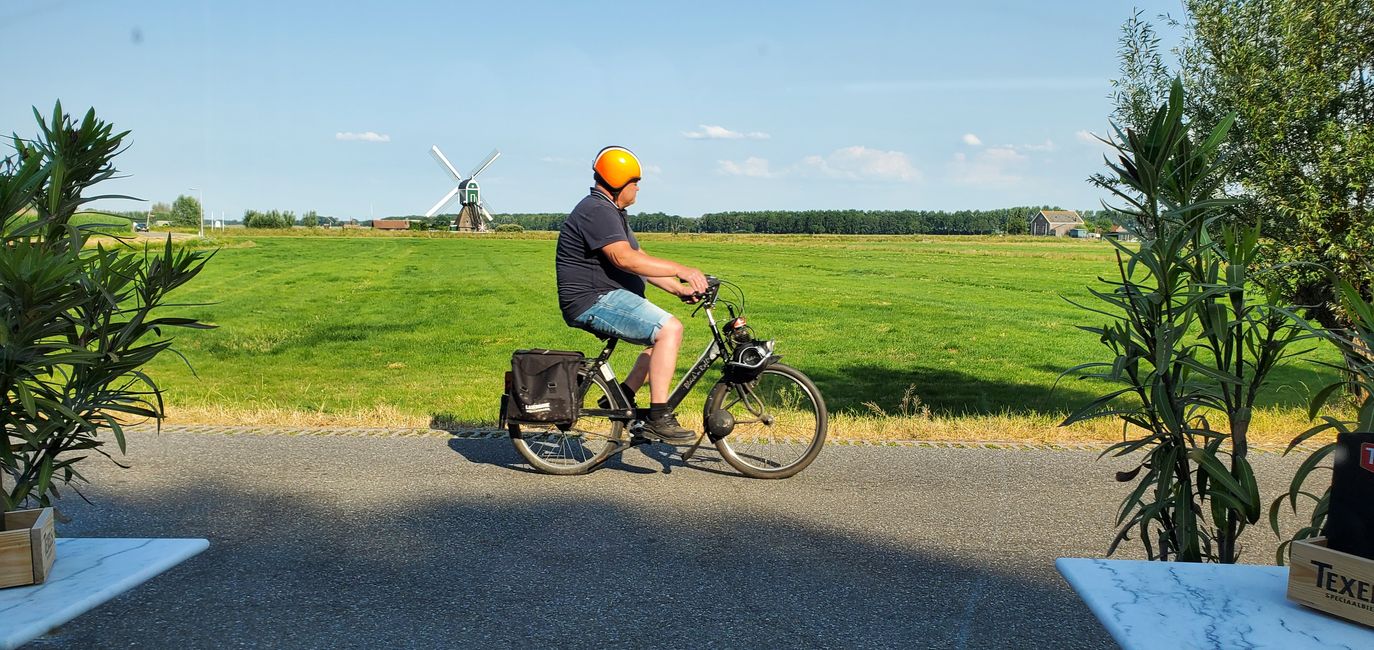
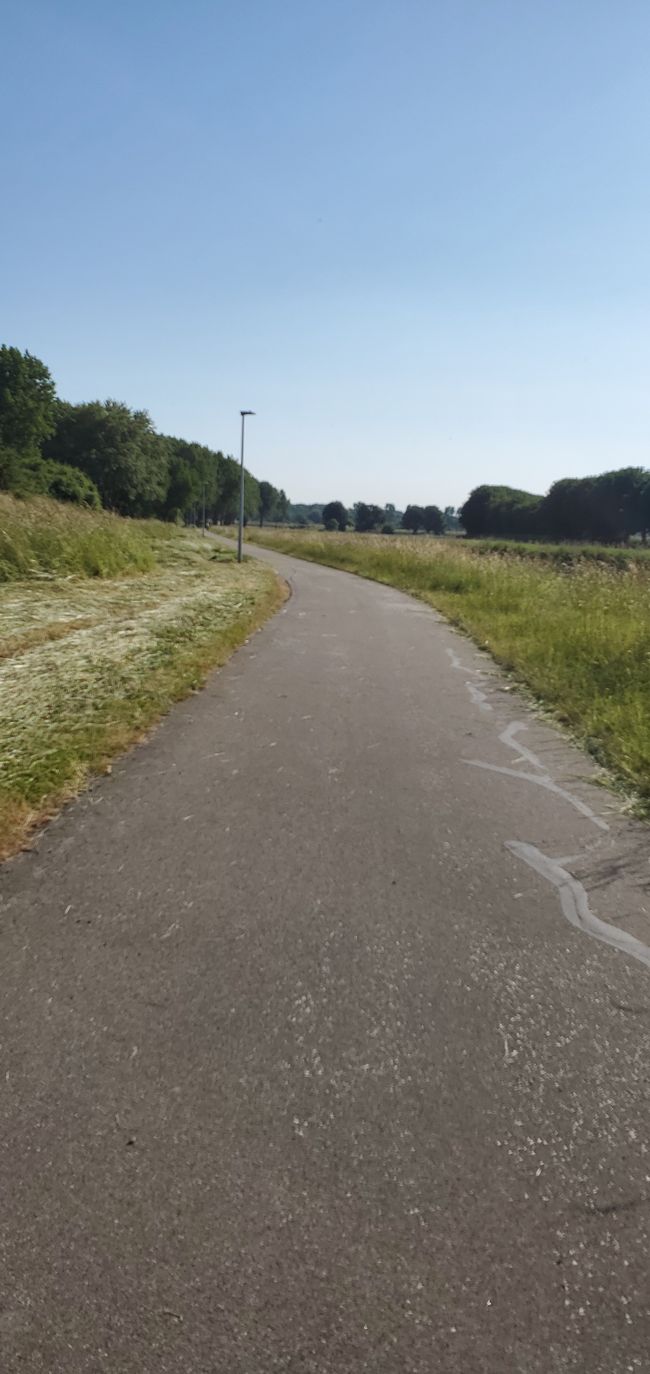
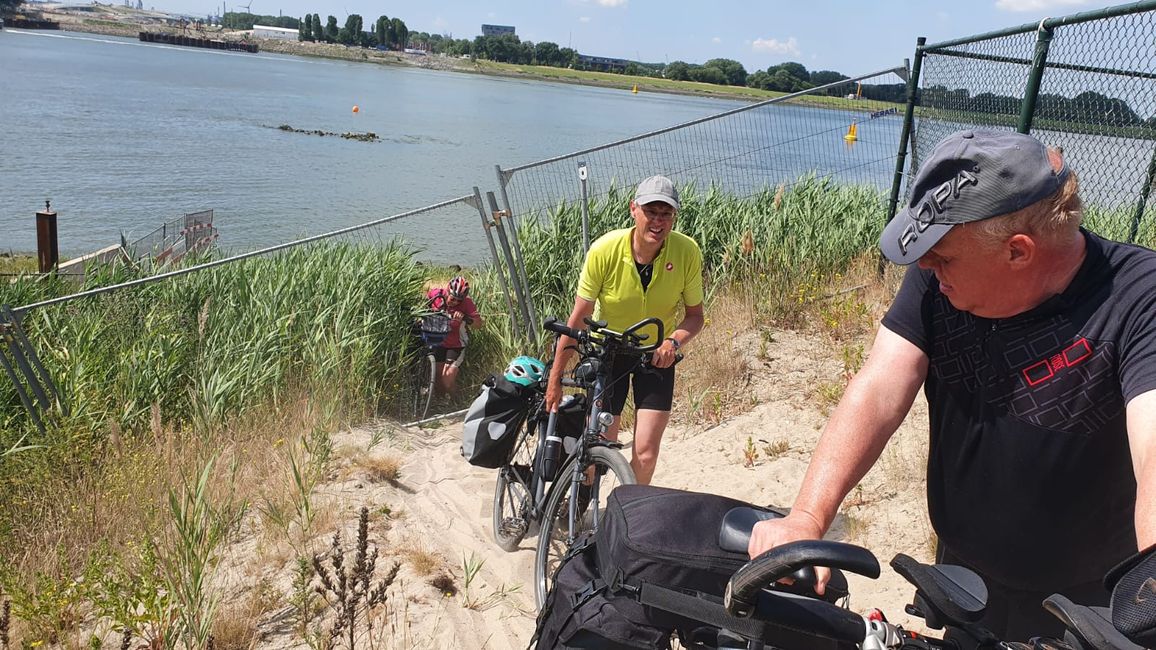
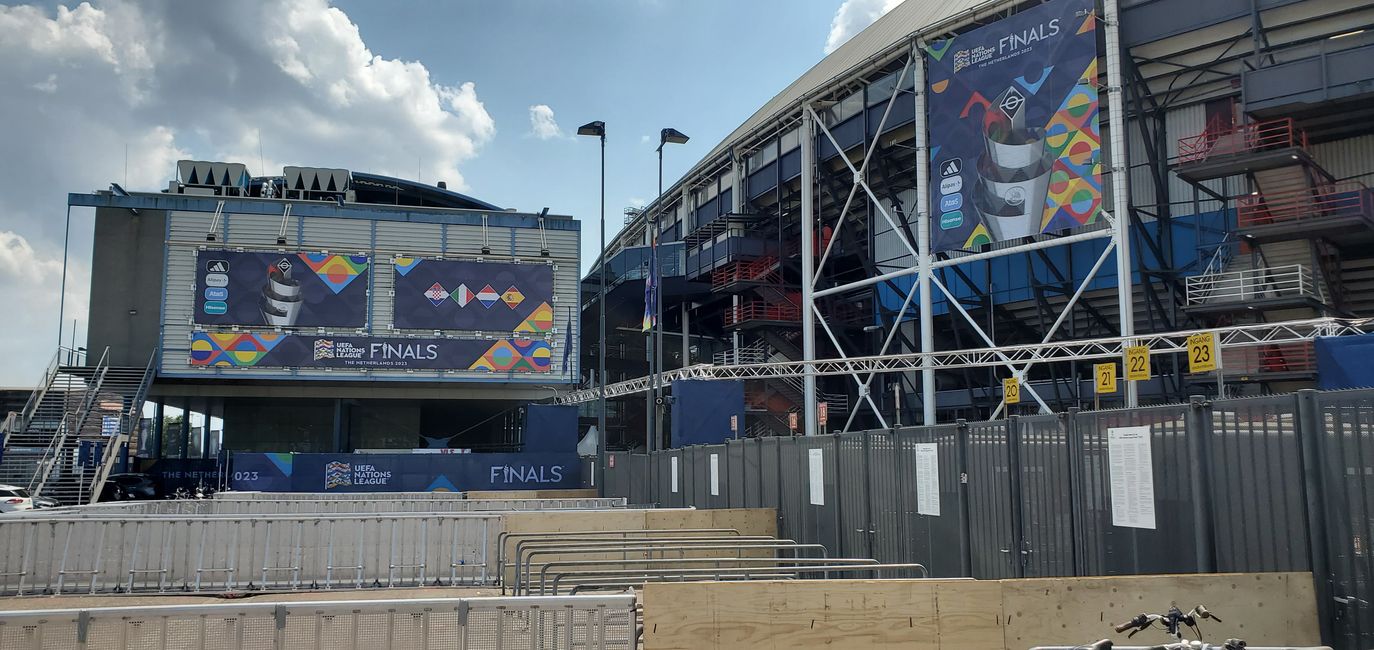
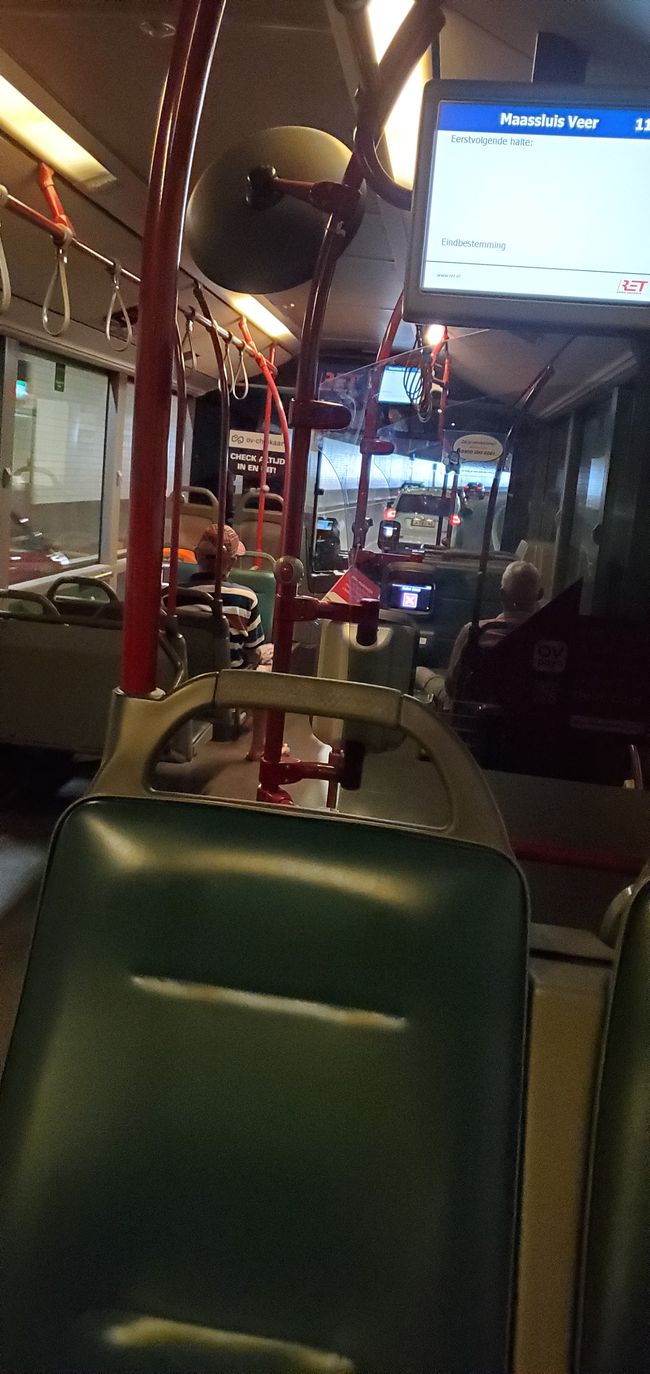
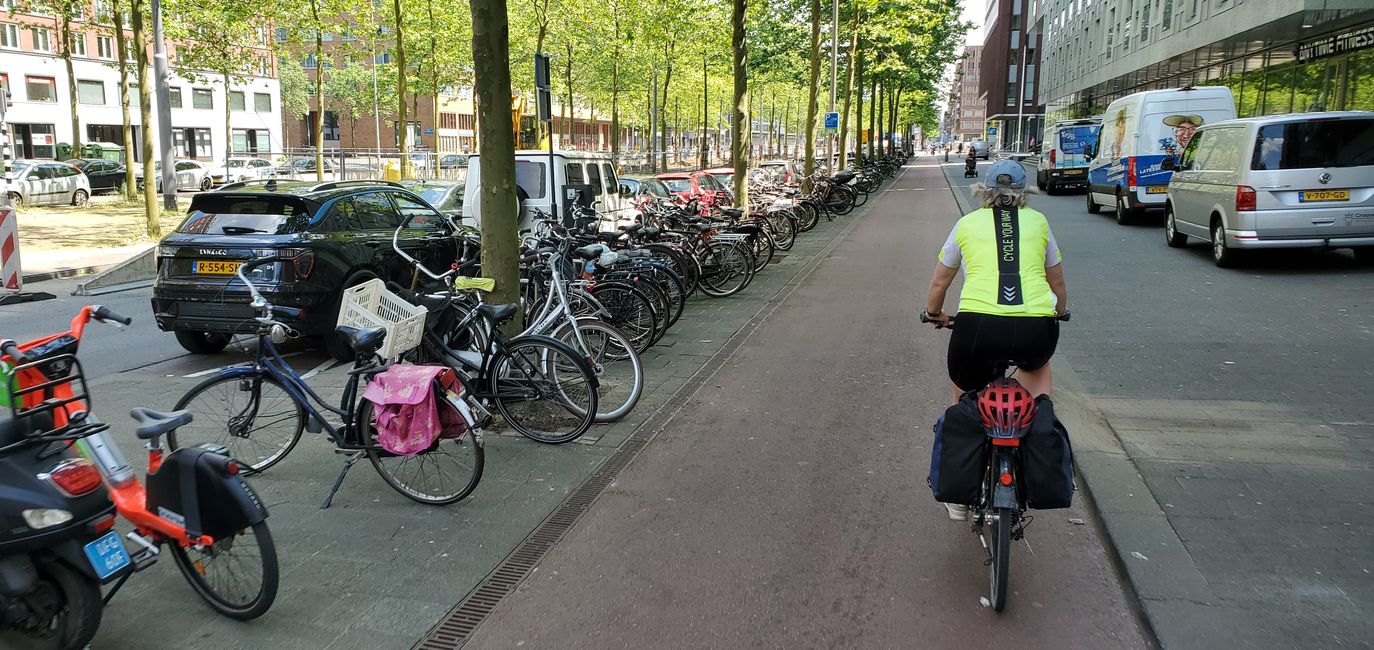
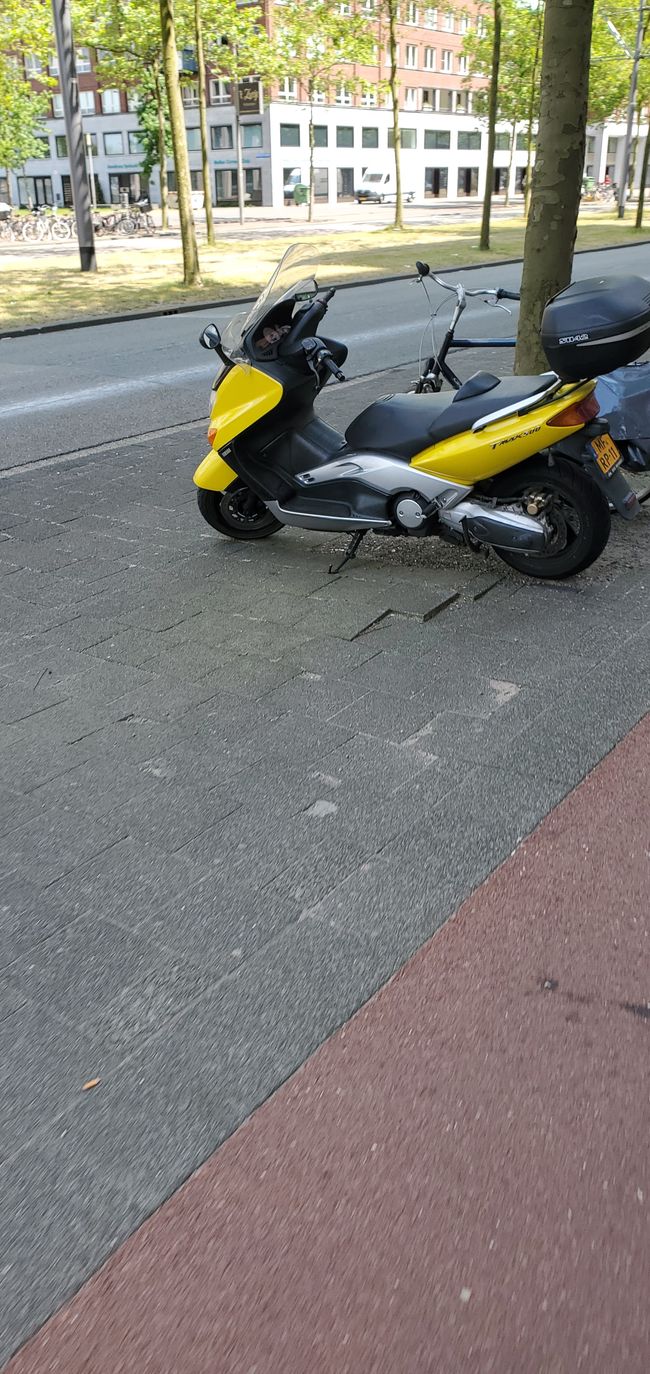
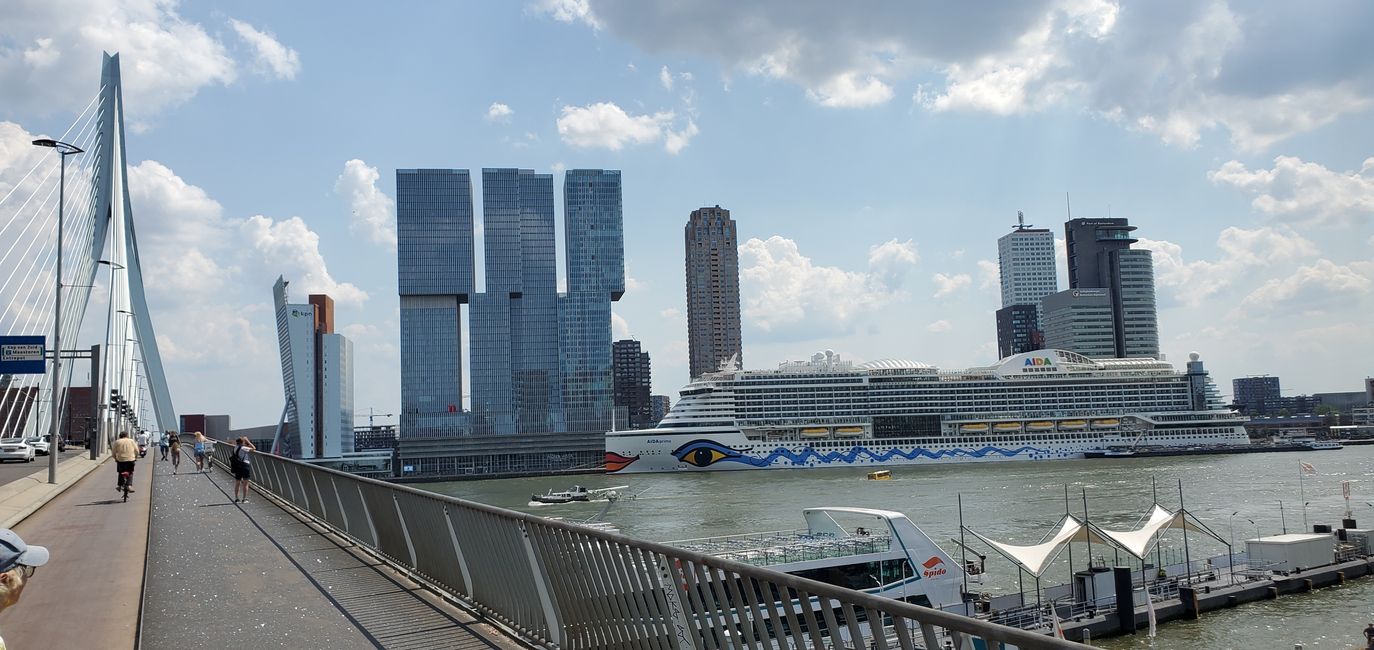
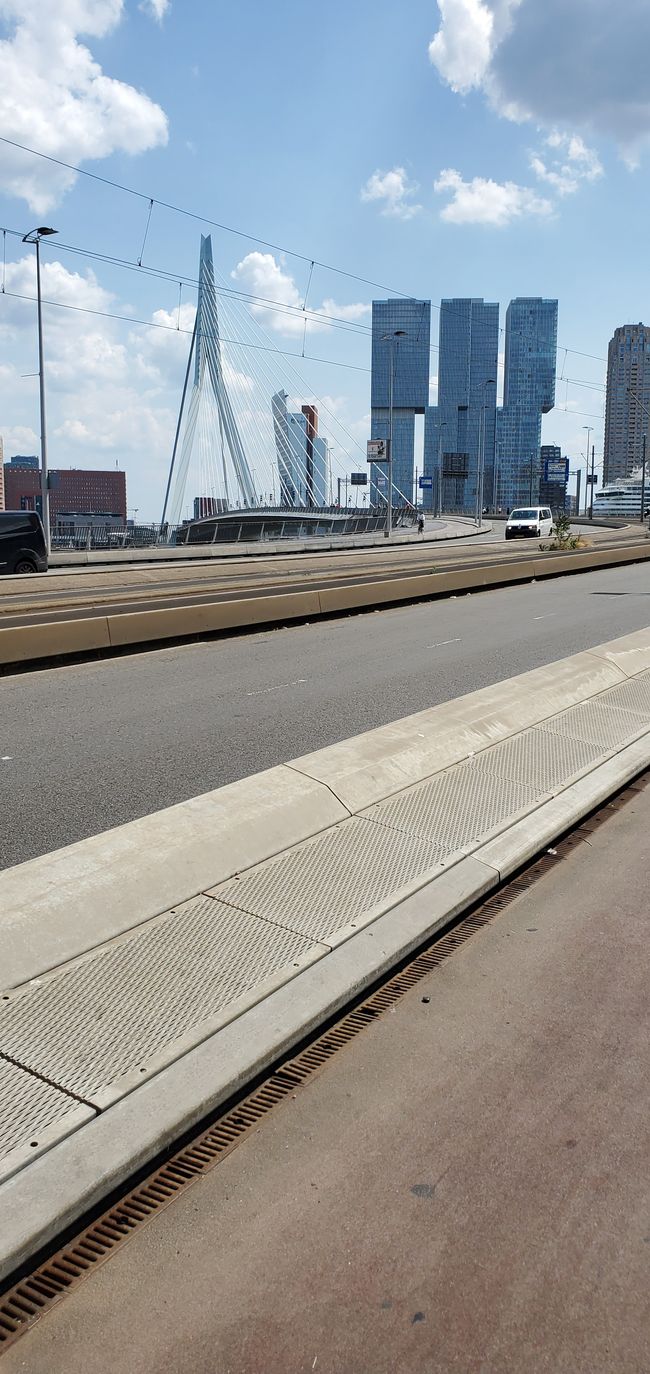
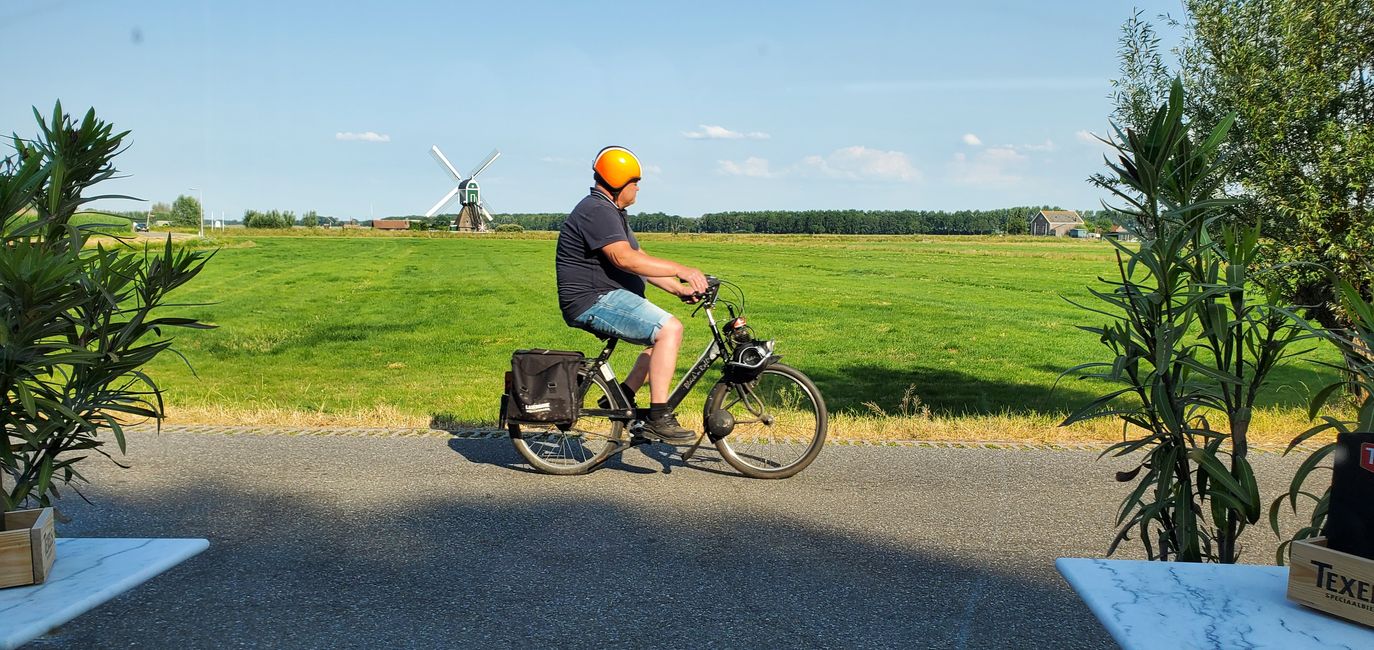
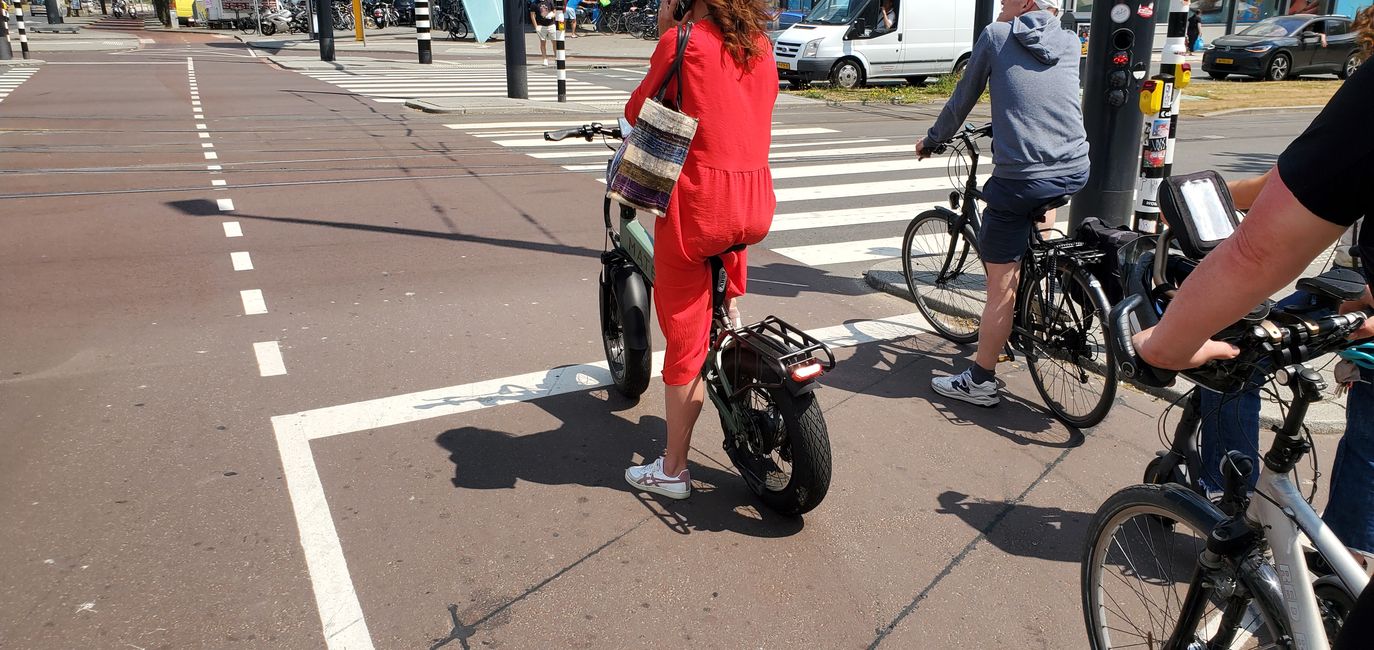
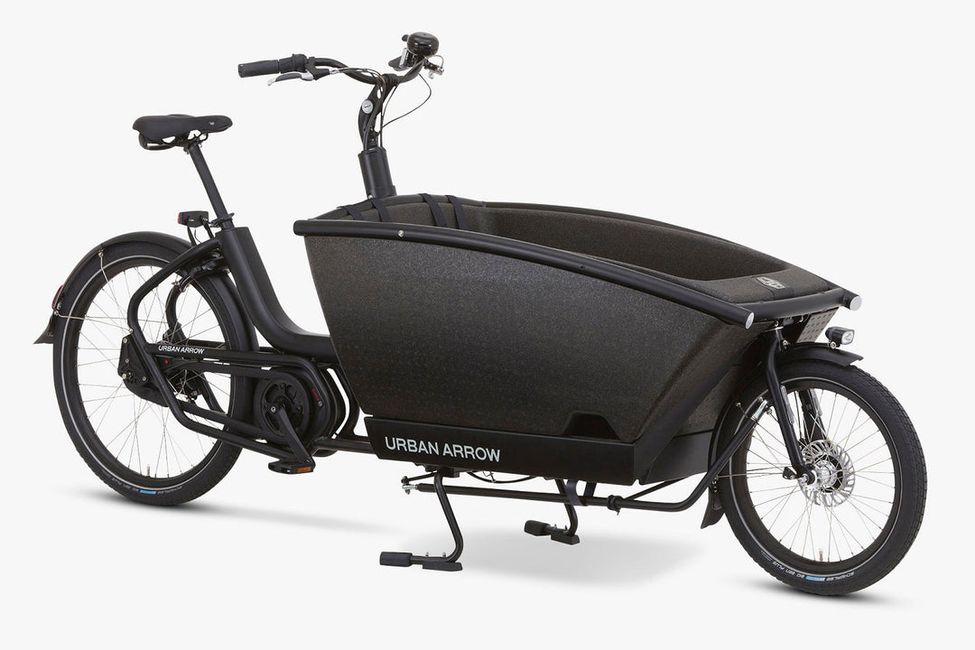
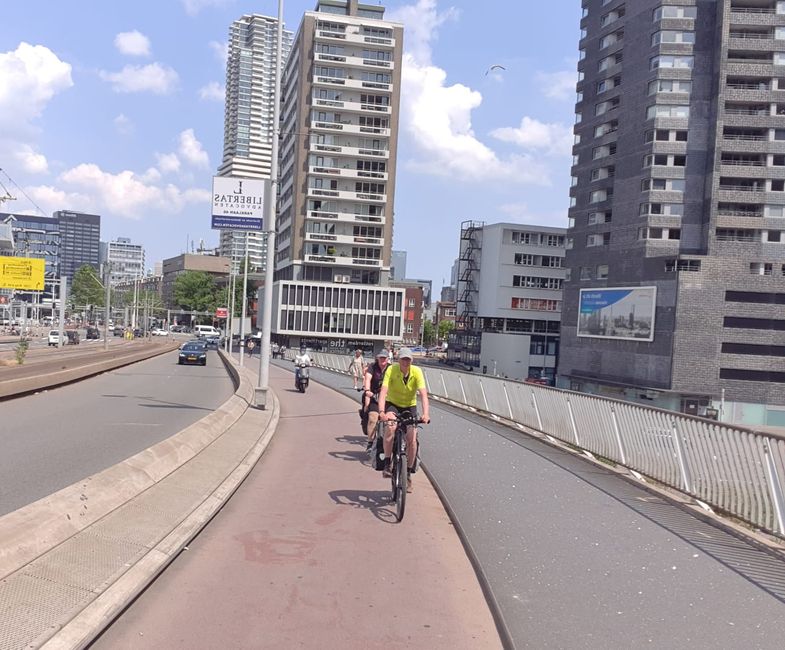
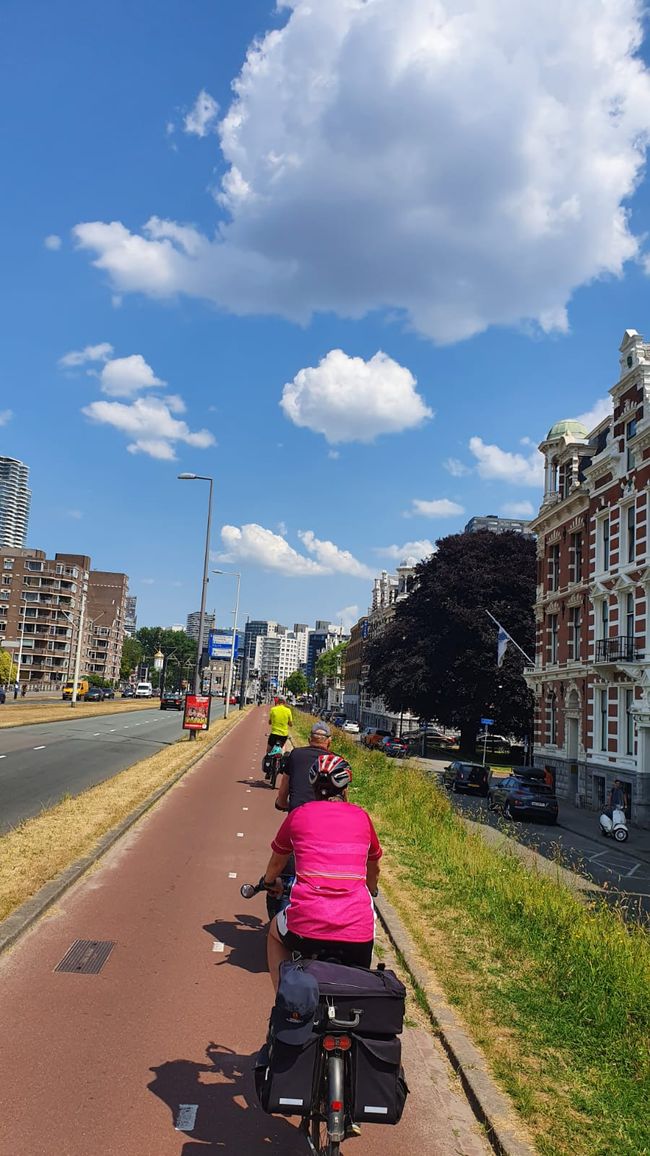
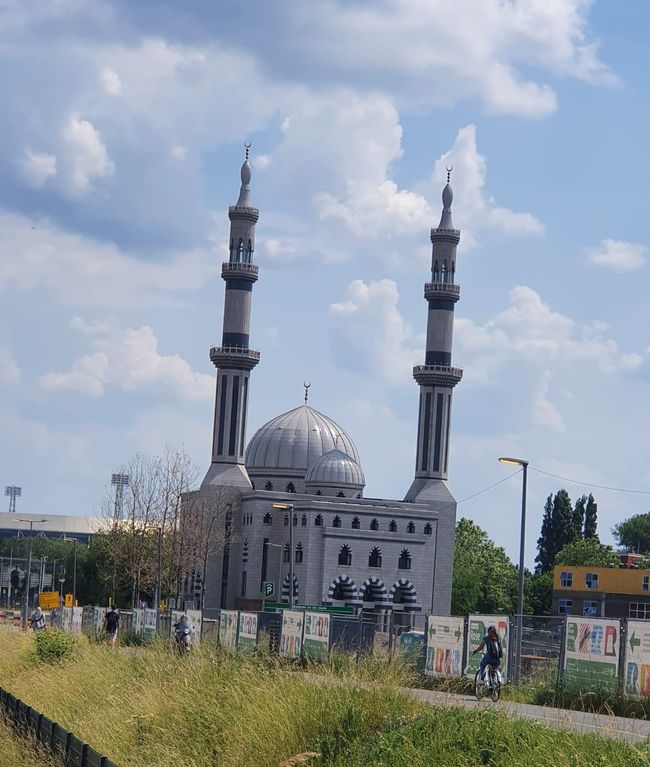
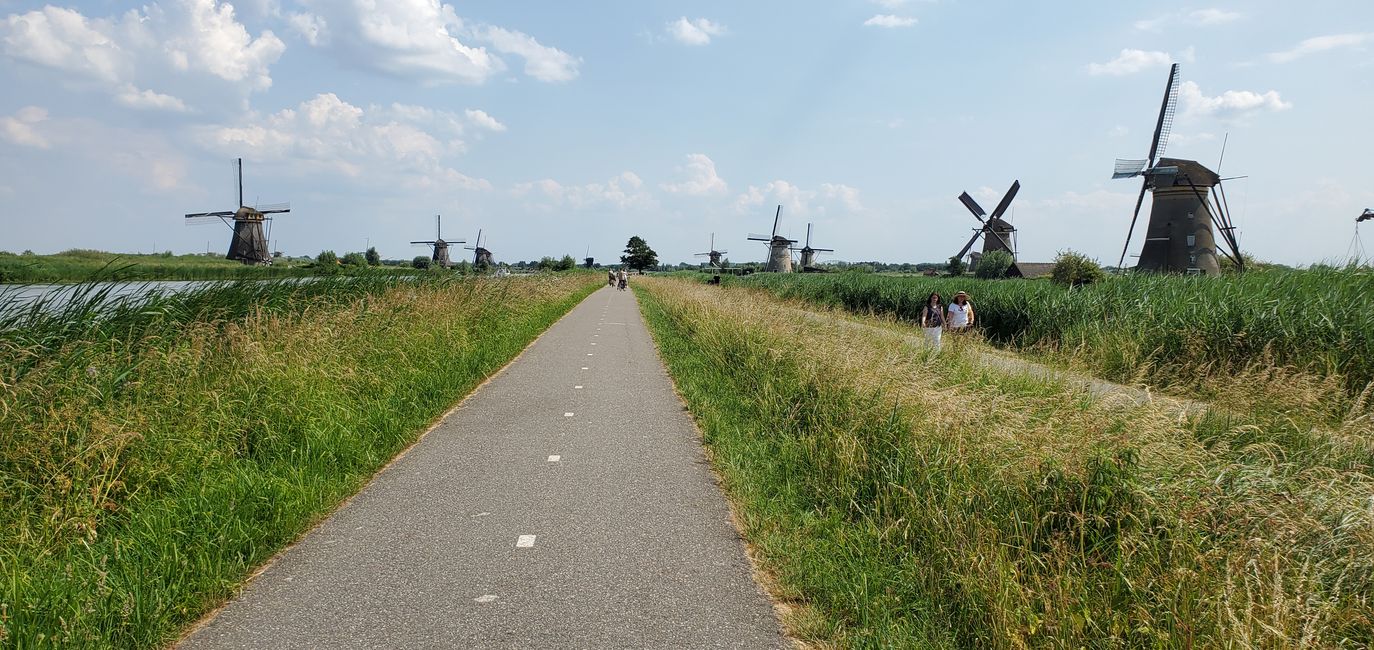
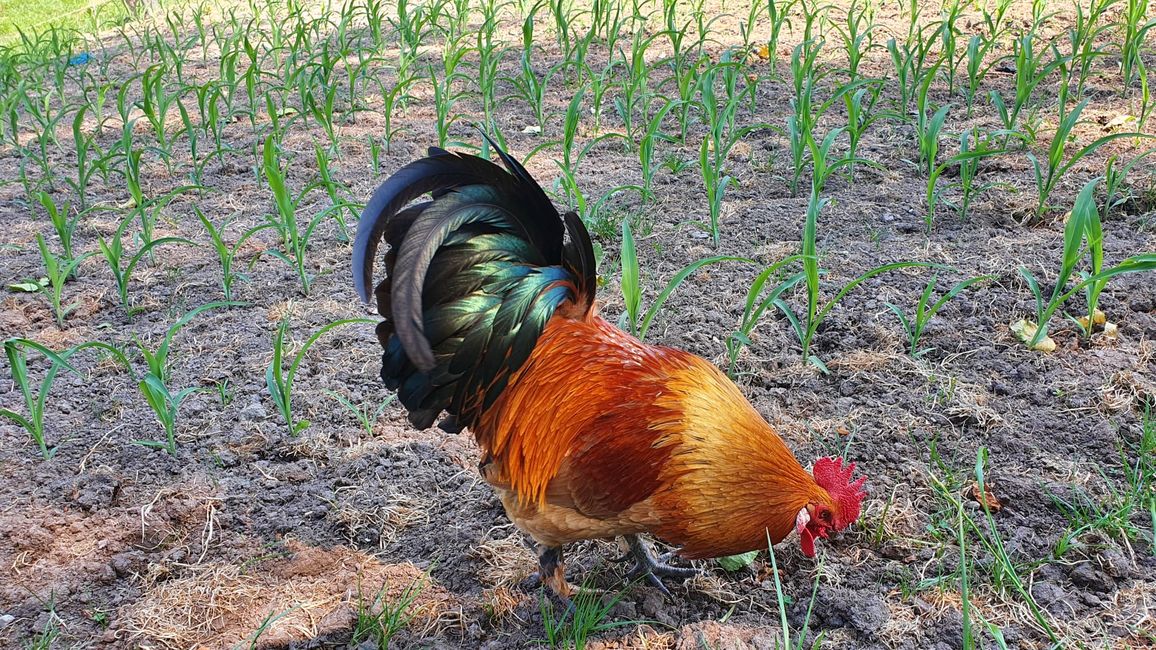
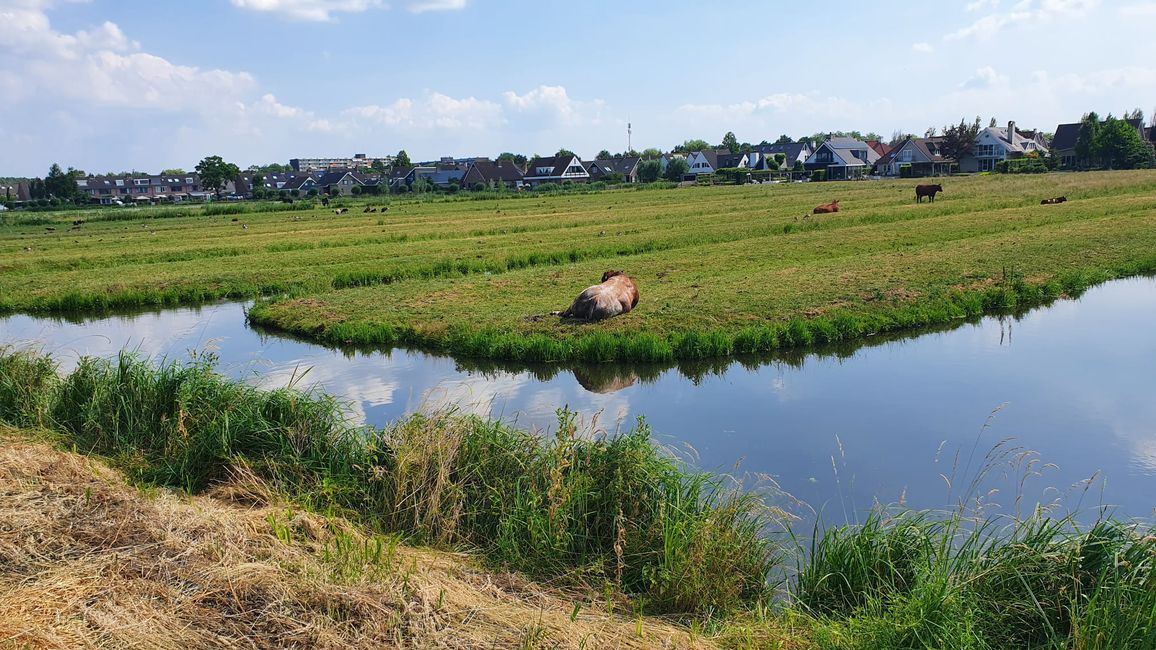
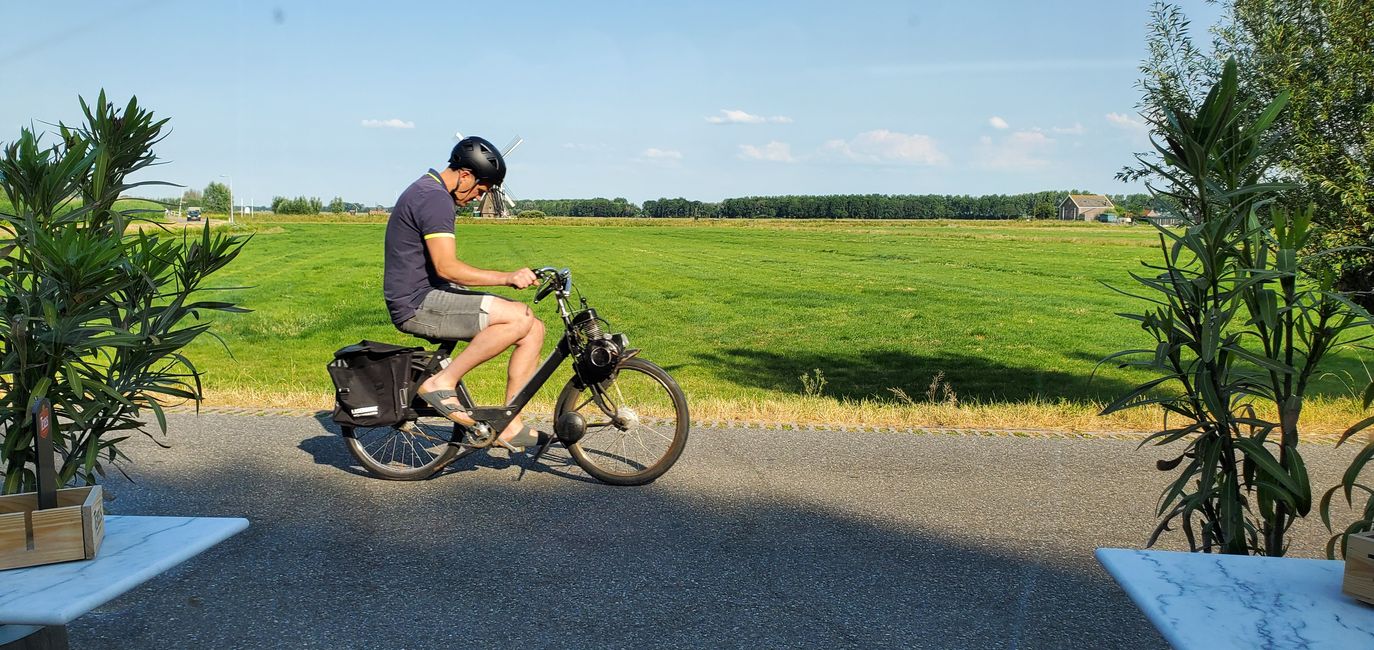
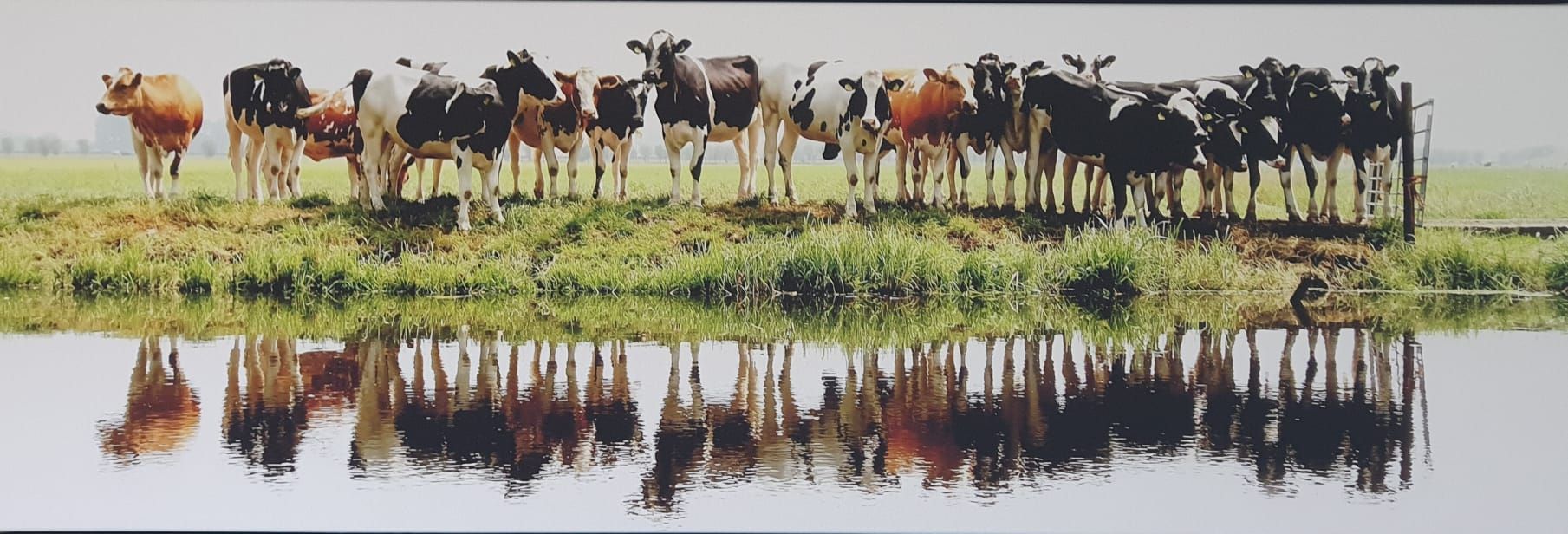
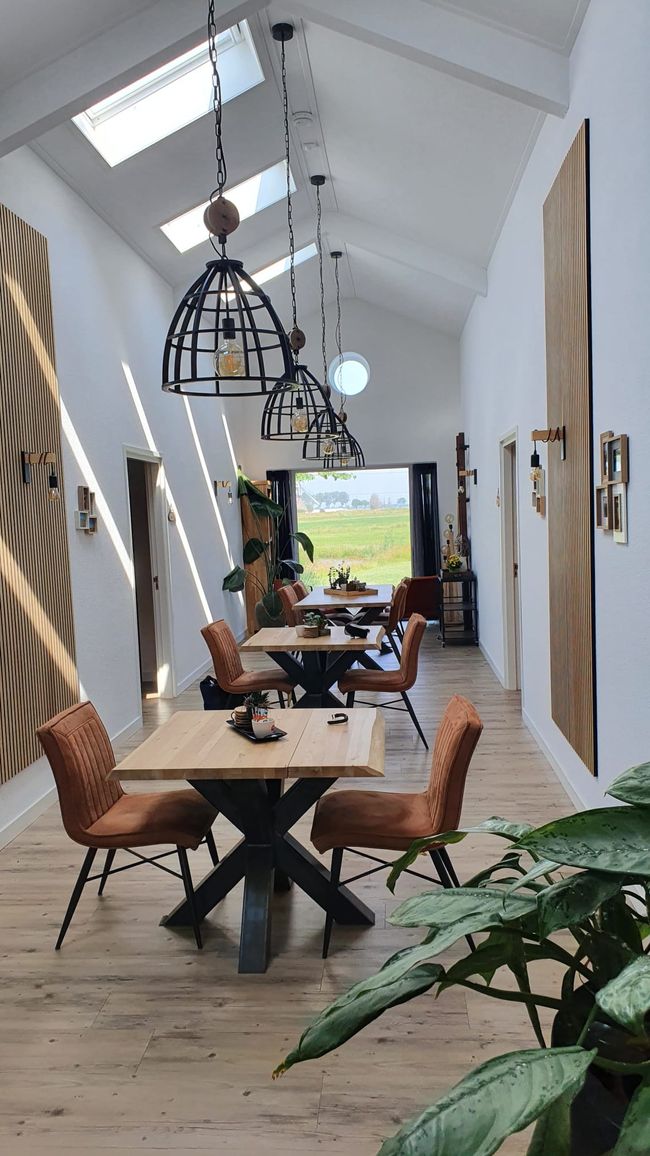
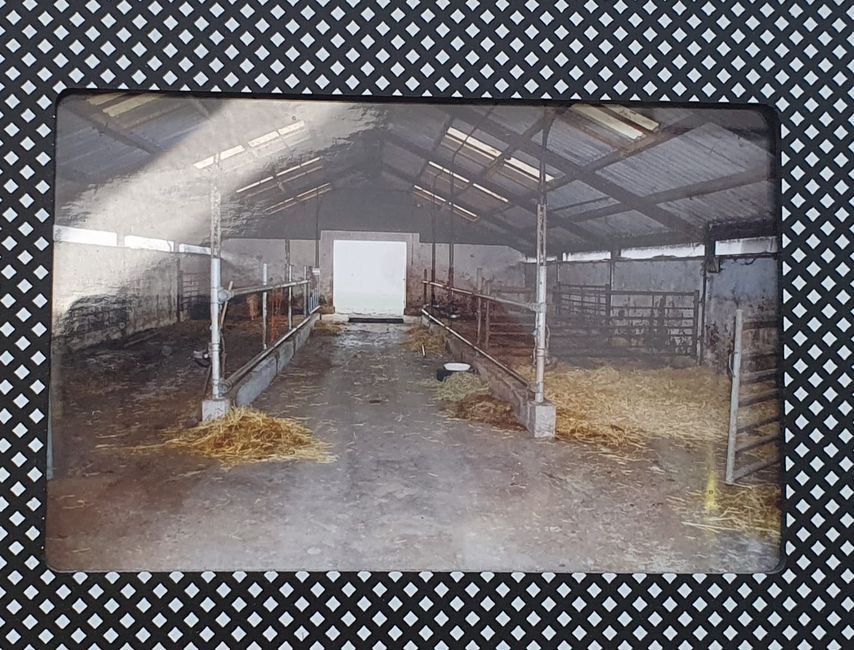
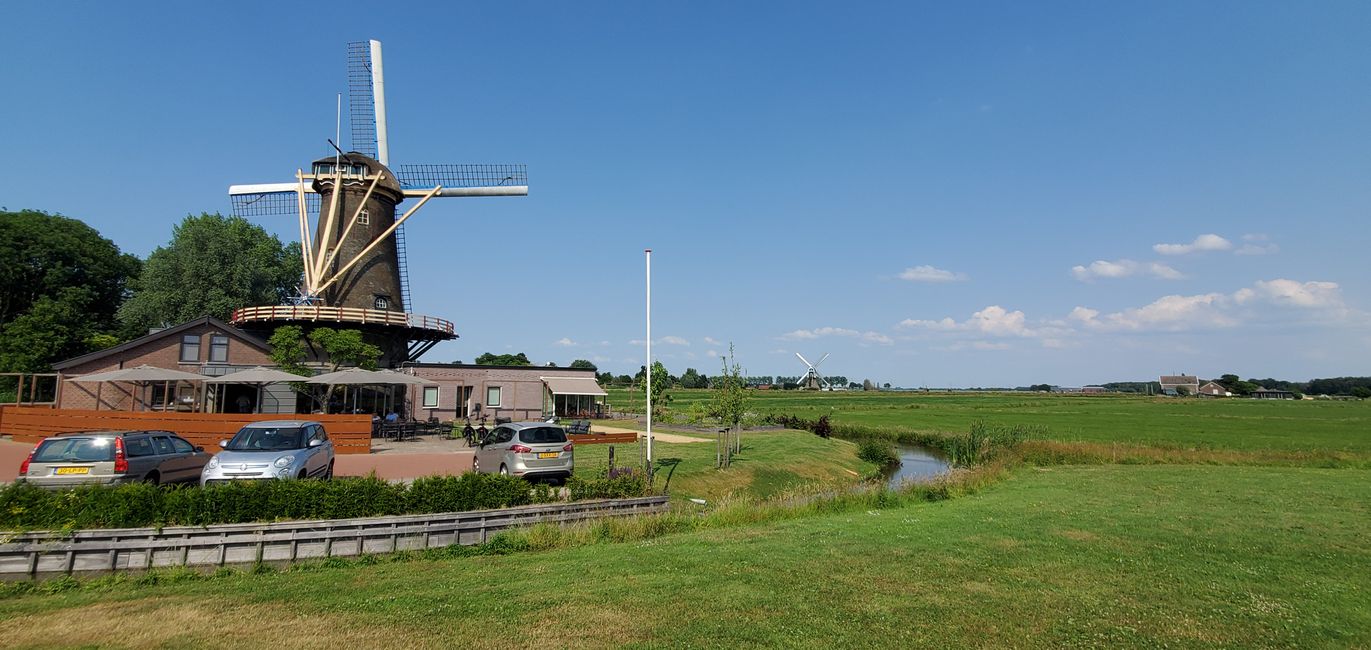
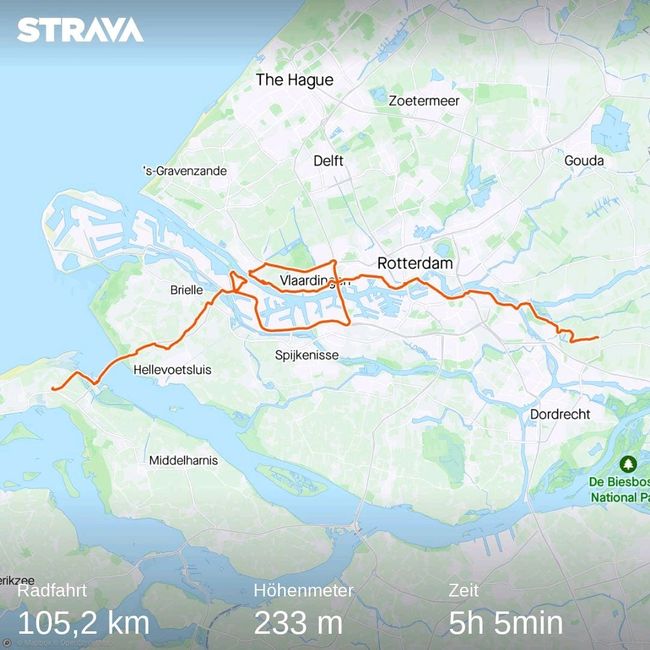
ニュースレターを購読します
In traffic, especially in bicycle traffic, things are fast and fair. Car and truck drivers are aware of the presence of their cycling counterparts and behave cautiously. Scooters or e-scooters are also allowed on the cycling network, but they often appear out of nowhere because they are very quiet and whiz past us. In places where this is not allowed, it says 'no buzzing' or 'no humming', which is quite understandable even if you don't speak or understand the language well.

In the Netherlands, the bicycle (or its derivatives) is truly an alternative mode of transportation, often powered by electric drives. The following vehicle is currently very popular:

And whether all of these are regulated at 25 km/h, I have my doubts.
Cargo bikes are also indispensable:

Let's not forget the road cyclists - whether male or female, young or old, in groups, in pairs, or alone: you can find them everywhere.
In their well-known preference for vehicles with piston engines, the Dutch have discovered another vehicle that can be maintained, cared for, or repaired: the moped:


There is a lot going on on the cycling paths, but most of it happens with a certain calmness and restraint. However, if you don't use the cycling network generously and go elsewhere, you immediately catch the attention of car drivers who feel their last freedoms are being impacted, and you will hear various honking sounds.
Today, our journey took us back via the Haringvliet Dam towards Rotterdam. At the 'Maassluis' ferry crossing, we had to learn that there can also be failures in transportation in the Netherlands - the ferry was not running. Instead, a friendly man greeted us and told us that a bus (for the passengers) and a van (for the bikes - I just wanted to make sure, because there are groups that handle it differently) would come and take us to the other side of the Maas river. And so it was done (though a bit slow); for the statistics-minded reader, it is important to know that a total of 35 km should be excluded from the recording due to this bus and another ferry ride, and there is a somewhat implausible route.
The city center of Rotterdam is impressive and modern.


After leaving Rotterdam with its ports behind us, we head towards our lodging 'Vertouwen beh Verhouven' in Oud-Alblas. On the way there: Kinderdijk, a collection of historic windmills that were used for land reclamation in the 18th century; of course, it is a UNESCO World Heritage site, of course, there are many Asian tourists, and of course, there is no beer garden.


Our lodging: top, the food in the village is also very good - insider tip!

ニュースレターを購読します
答え
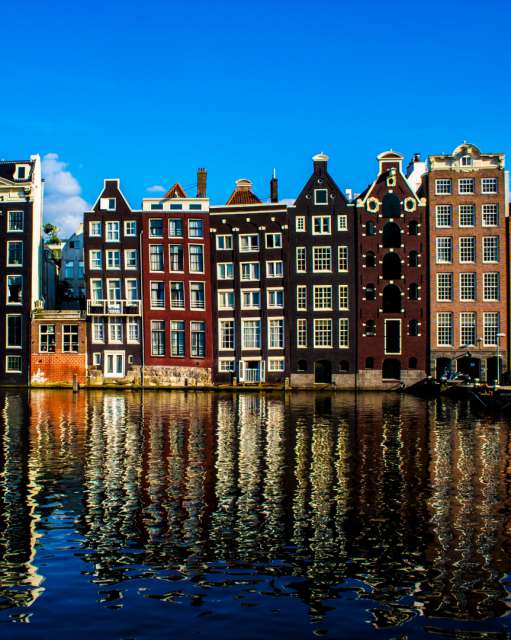
旅行レポートオランダ

